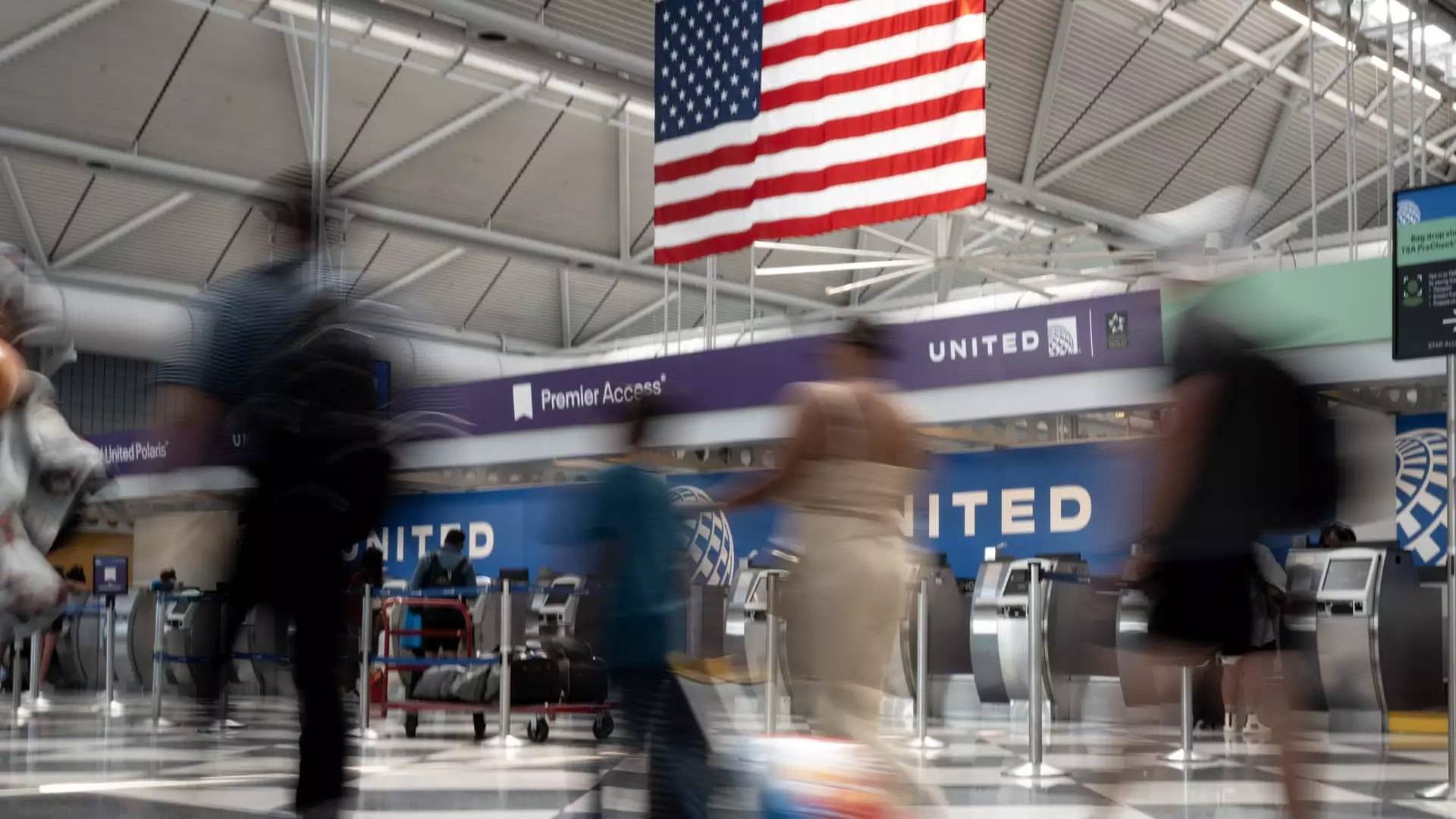The airline industry is facing a disconnect between record summer travel demand and their profitability. Despite some carriers forecasting record demand and revenue, higher labor and other costs are eating into their bottom lines. This disconnect is becoming more prominent as airlines are adapting to slower demand growth and other challenges. Some carriers have even slowed or halted hiring compared to previous hiring sprees after the pandemic. Additionally, delays in receiving new, more fuel-efficient aircraft from manufacturers like Airbus and Boeing, coupled with the grounding of dozens of jets due to a Pratt & Whitney engine recall, are putting additional strain on airlines.
Despite increasing capacity by flying more seats, airlines are struggling to see the same level of profitability as in previous years. This increase in capacity is helping to keep airfare in check but is also pressuring stocks in the sector. The NYSE Arca Airline Index, tracking mostly U.S. airlines, has experienced a decline of almost 19% this year, in contrast to the broader market’s growth of more than 16%. Financial analysts are cautious about predicting what the third quarter holds for airlines due to various uncertainties impacting the industry.
Delta Air Lines is considered one of the top performers in the industry, owing to its success in marketing premium seats and its lucrative partnership with American Express. United Airlines, Alaska Airlines, and Delta are highlighted as top picks for financial analysts, as they exhibit less earnings risk and better free cash flow compared to other carriers. However, even these leading airlines have reported a decline in profitability. Delta, the most profitable U.S. airline, forecasted a decrease in quarterly adjusted earnings for the second quarter, reflecting the challenges faced by the broader industry.
Airlines are witnessing a surge in passenger traffic, with airports bustling with nearly 3 million travelers passing through checkpoints in a single day. However, this record traffic is not necessarily translating to increased revenues for airlines. The expansion of schedules by airlines, both domestically and internationally, has led to a drop in airfares. The U.S.-Europe capacity has increased significantly, targeting leisure travelers with new routes. Despite the increase in passenger numbers, some airlines have seen weaker sales due to the surplus of flights, leading to increased discounting activities to attract passengers.
Airlines like Southwest are under pressure to adapt their longstanding business models to cater to changing consumer needs and compete with big rivals in the industry. Some carriers, such as JetBlue Airways and Frontier Airlines, have already started making changes to their business strategies. JetBlue is restructuring its flight operations by cutting unprofitable routes and optimizing its premium business cabin offerings. Frontier and Spirit Airlines are eliminating change fees and introducing bundled fares to enhance their competitiveness in the market.
Despite the efforts to adapt and stay competitive, airlines are facing significant challenges going forward. The uncertainty surrounding corporate travel demand, potential impacts from events like the Paris Olympics, and changes in consumer behavior are all factors that could influence the industry’s performance. The looming debt payments and potential furloughs at airlines like Spirit further add to the challenges faced by carriers in the current operating environment.
The airline industry’s struggle to convert record summer travel demand into sustainable profitability reflects the broader challenges faced by the sector. As airlines navigate through uncertainties and adapt their business models, the road to recovery and financial stability remains uncertain. Investors and industry stakeholders will closely monitor quarterly results and strategic decisions made by airlines to gauge their resilience in the face of evolving market dynamics.

